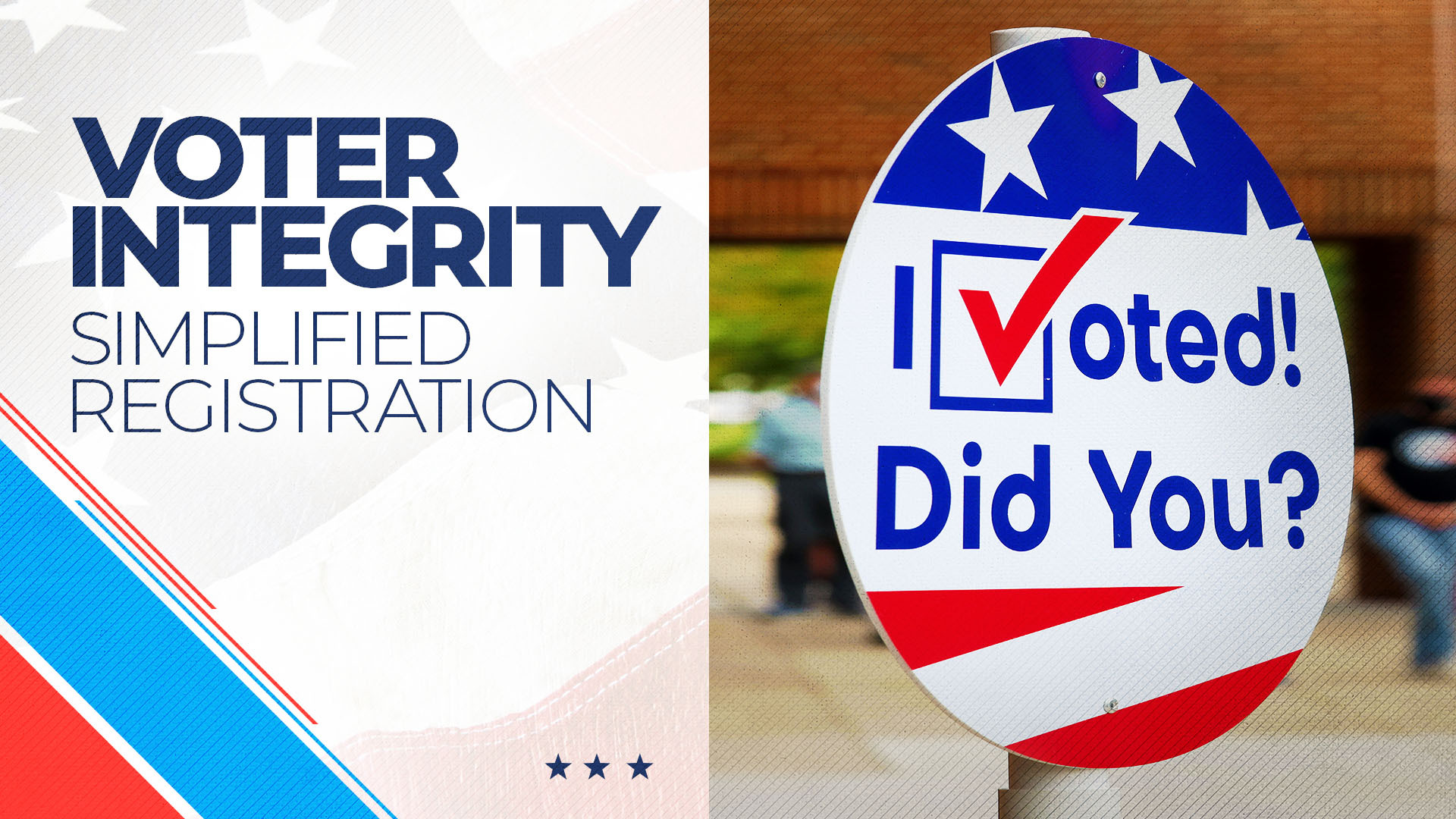
Commentary
-
Our commentary partners will help you reach your own conclusions on complex topics.
Voting in the United States is largely a two step process. First you register, then you vote.
But there are other easier options. Same day registration and automatic registration.
To help explain both, here’s Straight Arrow News contributor professor Daron Shaw.
Shaw says: “The United States is somewhat distinct compared to other democracies in that we require voters for the most part to register prior to election day in order to participate in election day.”
But same day registration allows voters to walk into the polling location, register, and cast their ballot on election day.
It’s offered in 20 states plus DC.
Shaw says: “That first step is essentially done simultaneously with the second step. So it really is a one step process.”
Evidence shows same day registration boosts voter turnout by 3 to 7 percent, depending on the state.
Shaw says: “It’s not surprising that the more onerous the registration requirement, the more people don’t feel they don’t want to bear the price of that cost and therefore don’t vote.”
The average voter turnout nationwide for the 2020 election was nearly 70 percent. The top five voter turnout states all have same day registration. Four of the bottom five do not.
Shaw says same day registration doesn’t help or hurt democrats or republicans.
Shaw says: “It seems to be non-partisan in that sense. It also doesn’t seem to have much of an impact on, or differential impact on different groups. Whether they’re racial, ethnic, age groups, education groups.”
Next let’s look at Automatic voter registration – available in 22 states plus Washington D.C. It’s exactly how it sounds – automatic.
Shaw says: “The default is that you are, if eligible, a registered voter. Instead of having an opt-in system in which you have to proactively register to vote, you have an opt-out that is you have to proactively decide or determine that you’re not going to vote.”
So how does it work? It’s most commonly done through the DMV. When an eligible voter either registers or makes changes to their drivers license, their voter registration status is automatically updated.
Shaw says: “Well the pros are fairly straightforward. It’s easier to vote if there is no real proactive step necessary for registering. The cons are that there is some sense that it might be more difficult or the probability of ineligible voters casting ballots would be increased.”
To learn more about voting and elections in America – keep watching our series on youtube or straightarrownews.com
-
Campaign finance: Money and politics’ relationship gets stronger
Money and politics go hand in hand and the totals going back to 2008 reveal the relationship is only growing stronger. In 2020, spending in federal elections totaled $14.4 billion. It’s been increasing for more than a decade: 2016: $6.5 billion 2012: $6.3 billion 2008: $5.3 billion Does money drive election results? Empirical analysis shows…
-
Voter ID: Facts and myths of identifying yourself at the voting booth
There’s an awful lot of debate about voter identification. Some fact, some fiction and a surplus of opinions. But what are the rules surrounding voter ID? Does it impact turnout? This article answers all those questions, but to sum it up: we certainly don’t have compelling evidence that there’s much to be gained from these…
-
Electing our leaders: How election systems differ around the world
Free and fair elections are the foundation of democratic societies. But not all elections are the same. There are two main types of election systems: single member, simple plurality, or SMSP, and proportional representation. This article will explain how they both work and how they correspond to elections in the United States and around the…
-
How voter registration works across the United States
When U.S. citizens want to exercise their right to vote in America, they must first register. But the rules and requirements vary from state to state. “It’s important to remember that we do not register nationally in the United States. Rather we register at the level of the county,” Professor Daron Shaw said. Why are…
-
Same day, automatic registrations simplify voting in America
Voting in the United States is largely a two-step process. First you register, then you vote. But two options make voting a one-step process: same day registration and automatic registration. “The United States is somewhat distinct compared to other democracies in that we require voters for the most part to register prior to election day…
Latest Stories
-

Supreme Court justices split over Idaho’s abortion law
-
 Getty Images
Getty Images
Businesses sue over FTC ban on noncompetes
-
 Getty Images
Getty Images
National Enquirer ex-publisher: Tabloid made up stories to help Trump
-
 Getty Images
Getty Images
Bird flu fallout: USDA says milk is safe, states must test dairy herds
-
 Getty Images
Getty Images
Biden administration cracks down on flight refunds and hidden fees
Popular Opinions
-
In addition to the facts, we believe it’s vital to hear perspectives from all sides of the political spectrum.
Latest Opinions
In addition to the facts, we believe it’s vital to hear perspectives from all sides of the political spectrum. We hope these different voices will help you reach your own conclusions.
The opinions published in this section are solely those of the contributors and do not reflect the views of Straight Arrow News.

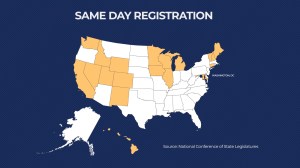
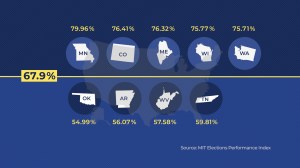
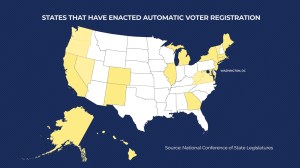

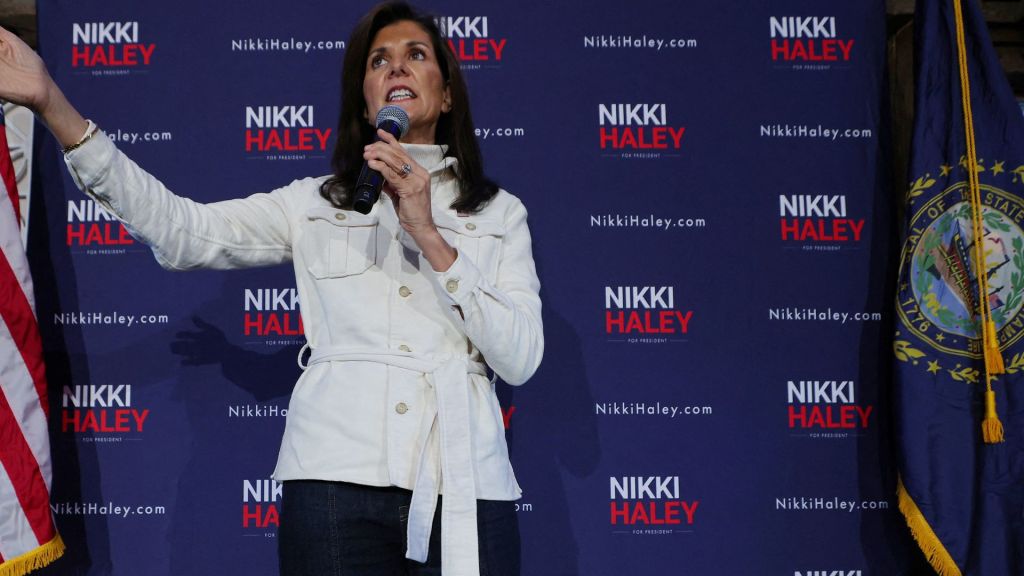














Latest Commentary
We know it is important to hear from a diverse range of observers on the complex topics we face and believe our commentary partners will help you reach your own conclusions.
The commentaries published in this section are solely those of the contributors and do not reflect the views of Straight Arrow News.
Peter Zeihan
Geopolitical StrategistPeace between Israel and Iran, at least for now
Global internet in a precarious state, but that could be a positive
Water wars are an unlikely future
Dr. Frank Luntz
Pollster and Political Analyst‘Take the job seriously’: Why Americans are fed up with Congress
‘If we can shrink it, it will stop growing’: Americans talk debt, deficit
‘I don’t think they care’: Undecided voters explain their reasons
Pete Ricketts
U.S. Senator for Nebraska